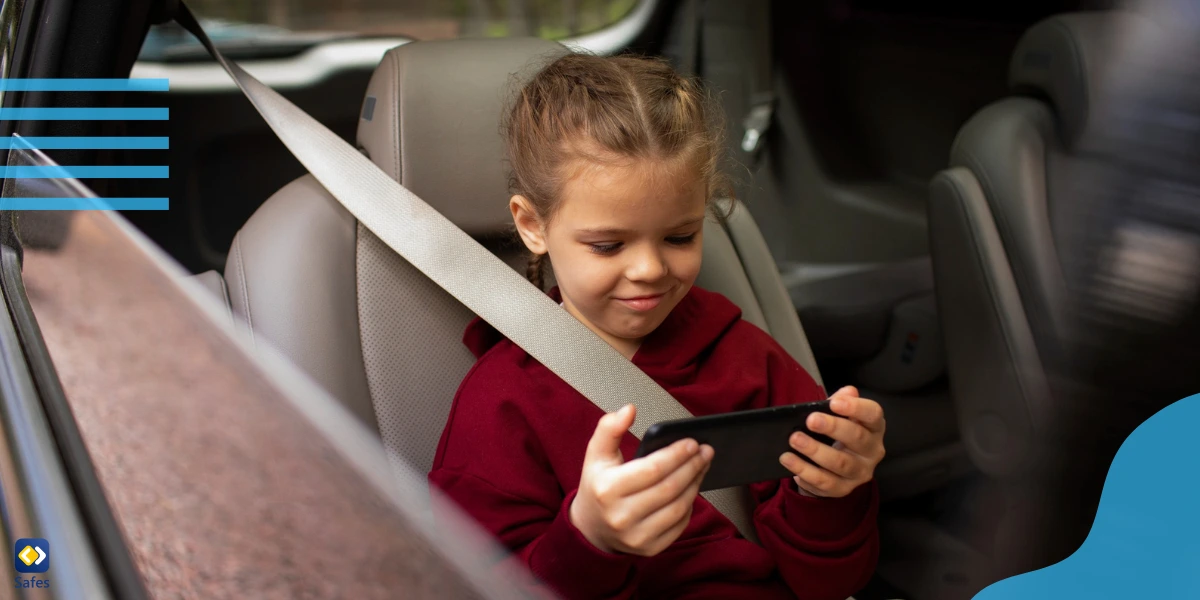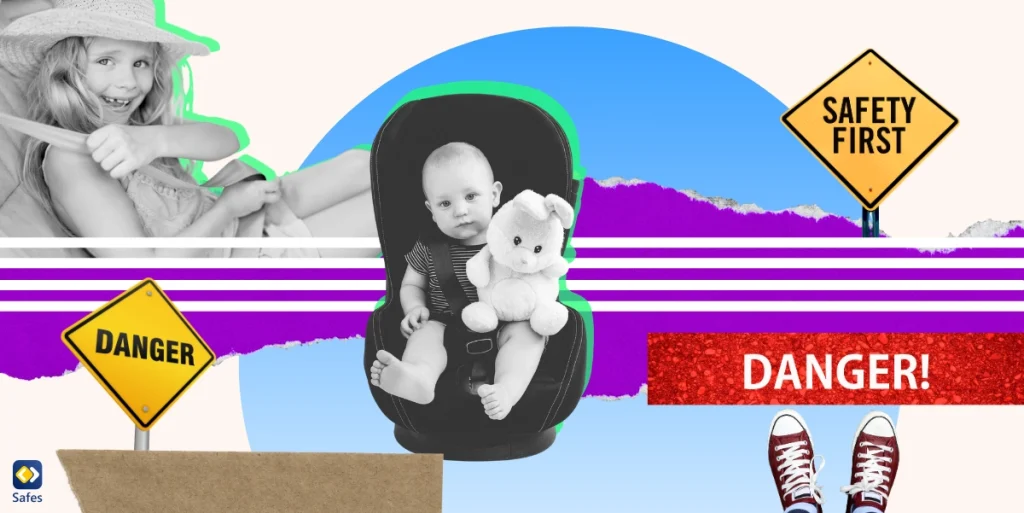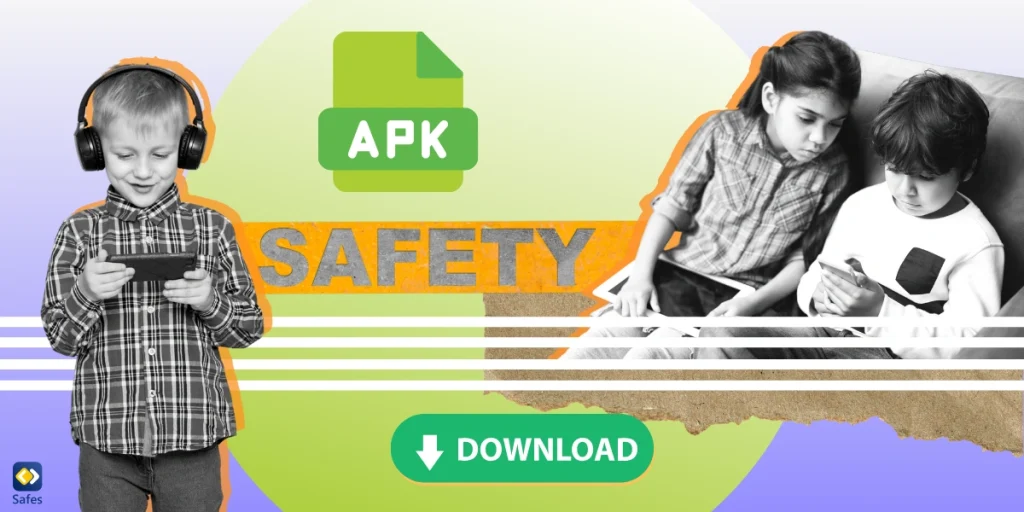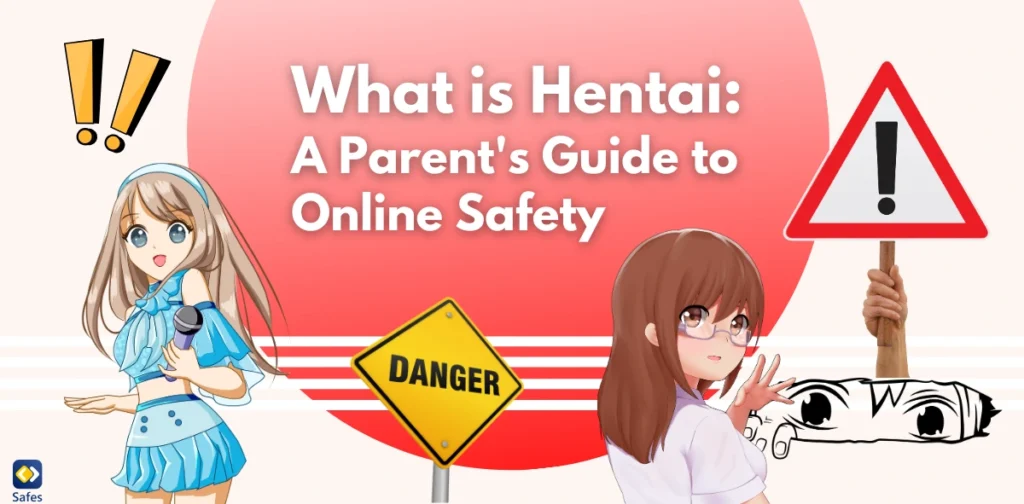On this blog, we have talked a lot about children’s safety, but our minds often leap to concerns like parental controls in the digital world. Nonetheless, online security matters as much as the physical security of our children, most especially in cars. Many children die or get injured every year on the road due to car accidents. The severity of this revelation compels one to stress on matters concerning child safety within a car; this calls for both teachers and educators to be aware. A key aspect is ensuring the proper seat belt position for children of all ages, a simple yet life-saving measure.
Download and Start Your Free Trial of the Safes Parental Control App
Buckle Up Right: The Key to Child Safety on the Road
Safety belts are not just accessories in a vehicle; a properly adjusted safety belt is a lifesaver, especially for our youngest passengers. As parents, understanding the critical role of seat belts in ensuring child safety during car journeys is paramount. Sadly, teenage road safety statistics are alarming, with motor vehicle crashes being one of the leading causes of death among teens around the world. A significant contributor to these tragedies is the incorrect use of seat belts. However, if the belt doesn’t sit at the right place, whether it’s up too close to the stomach or just near the neck, it can turn into a danger that makes the safety device useless in case of an accident. Teaching children how to put on and use their seat belts properly will greatly decrease the likelihood of a fatality or serious injury for the car’s passengers.
Harnessing Safety
Let’s look at how parents can contribute to their children’s safety on the road.
Ensuring Proper Seat Belt Positioning for Children
Proper seat belt positioning plays a core role in safety: the lap section should lay flat over the upper legs, below the stomach, while the shoulder strap crosses the chest and shoulder area, avoiding the neck or face. This configuration helps ensure that in a crash, the force distributes throughout the sturdier parts of a child’s body, significantly cutting the risk of serious harm. Failure to use seat belts appropriately can lead to truly tragic outcomes, making it vital for caregivers and teachers to strongly emphasize and demonstrate correct belt placement.
Age-Appropriate Car Seats and Booster Seats
From the basic car seats to more advanced convertible car seat designs, and even the comprehensive all-in-one safety first car seat, selecting the appropriate seat type based on your child’s age, weight, and height is essential for their safety. Let’s break down what each of these terms means:
- Car Seats: This is a general term for child-specific seats designed for vehicular use. They come in various types tailored to different stages of a child’s growth.
- Convertible Car Seats: These seats are also flexible, adjusting, as your baby develops. They were initially designed to accommodate rear-facing babies but can then later be used as rear and front-facing seats for toddlers and the rest. Adaptability is what makes them one of the most economical and durable options.
- All-In-One Safety-First Car Seats: These seats are transformable and convert from being a back-facing infant seat to front front-facing seat as well as to a booster seat as your baby keeps growing. This booster seat is tailor-made to meet the needs of your infant till their age demands common seat belts.
The youngest of the passengers should be put in a rear-facing car seat for infants or toddlers. First, these seats face the opposite direction during travel, providing maximum support for the child’s head, neck, and spine in case of a crash and significantly limiting any injuries.
As children grow, they transition to forward-facing car seats. These seats face the front of the car and are designed for children who have outgrown the rear-facing weight or height limit but are not yet ready for booster seats.
Booster seats are crucial for children who have outgrown forward-facing seats. They raise a child to a height where the vehicle’s seat belt fits correctly across the strongest parts of their body – the chest, shoulders, and upper thighs. Without a booster, a seat belt can sit too high on a child’s stomach and neck, increasing the risk of injury in a crash.
Children are typically ready to use the vehicle seat belts without a booster when they reach a certain size – usually when they are about 4 feet 9 inches tall and between 8-12 years old. At this stage, the vehicle’s seat belt should fit properly without the need for a booster seat, so it would be easy for them to use the vehicle seat belts properly.

Transitioning to Vehicle Seat Belts
Knowing when a child is ready to use the vehicle seat belts is a milestone moment. It’s not just about age or size; it’s about whether the seat belt fits them properly without a booster. It is ready for use and should be easy to use as a lap belt lies snugly across the upper thighs, not the stomach while a shoulder belt lies snugly across the shoulder and chest, not across the neck or face. It is also important for kids to have the ability to sit against the car’s backseat with their knees comfortably bent towards the edges of the seat and both feet firmly placed on the floor. Complying with these requirements ensures the safety of your minor every time they ride a vehicle.
Seat Belt Safety: The Dos and Don’ts
When considering seat belt safety, there are certain guidelines regarding best practices and practices to avoid that all guardians and teachers should be aware of. Following these directions is essential to make certain that kids are safely fastened inside a vehicle, decreasing the risk of harm in case of an incident.
Dos:
- Do ensure the seat belt fits snugly: The lap belt should lie flat across the upper thighs, not the stomach, and the shoulder belt should cross the middle of the chest and shoulder.
- Do use a booster seat when necessary: This helps position the seat belt correctly on smaller children.
- Do replace any seat belt that is frayed, worn, or damaged: A damaged seat belt can fail in a crash.
Don’ts:
- Don’t allow children to wear the seat belt under their arms or behind their backs: This can cause serious injury in a crash.
- Don’t use one seat belt for two people: Each passenger should have their own seat belt.
- Don’t ignore proper seat belt positioning for short trips: Accidents can happen even close to home. Always ensure children are correctly buckled up.
By following these dos and don’ts, you can significantly increase the safety of children in your vehicle. Remember, correct seat belt usage is a key factor in preventing injuries on the road.
Front Seat Guidelines and Distraction
Navigating the rules of front seat safety is also important regarding the safety of children on the road. The answer to a common question like “Can a 7-year-old sit in the back seat?” varies based on local laws, but generally, it’s recommended that children under 13 years old sit in the back seat. The front seat poses higher risks due to airbags and the proximity to the windshield.
Additionally, as we focus on in-car safety, it’s vital to discuss external factors like distractions. With the rise in texting and walking accidents, it’s clear that distractions can have dire consequences. It would be important to inform children about the risks of texting, not only when they are drivers but also as pedestrians. Such information assists them in becoming aware of their environment and this helps in road safety.

A CDC Insight on Car Seats and Boosters
The CDC’s study offers crucial insights into child safety in vehicles. It highlights that car seats significantly reduce crash injury risks by 71–82% for children, compared to seat belt use alone. This stark contrast underscores the effectiveness of car seats in providing essential protection for our youngest passengers.
As children develop, the role of extra seating becomes increasingly crucial. Research shows that for children aged 4–8, utilizing additional seating decreases the danger of serious harm by 45% compared to solely utilizing seat belts. This statistic powerfully advocates for the continuous employment of age-suitable safety restraints.
These findings serve as a vital reminder for parents and guardians about the importance of suitable safety measures. By ensuring that children are constantly secured in automobiles or extra seating suitable for their age and size, we can considerably enhance their security on the road, turning every journey into a more risk-free experience.
The Role of Technology in Enhancing Safety
While we focus on physical measures like seat belts, it’s important to acknowledge the role of technology in promoting safety. Tools like Windows parental controls or Safes, a parental control app, offer an additional layer of protection. Though primarily aimed at online safety, such technology also fosters a culture of mindfulness regarding all aspects of child protection, including on the road. You can download Safes on iOS and Android. Sign up for a free trial and access essential safety tools to protect your little ones.
Safe Journeys Ahead
The safety of children in vehicles cannot be overstated. From ensuring the correct use of seat belts to understanding when a child is ready for the front seat, every step matters. Parents and educators must prioritize these safety measures, including proper seat belt positioning and age-appropriate car seat usage. By being vigilant about these aspects, we can significantly reduce the risks children face on the road. Let’s commit to making every journey a safe one for our youngest passengers.
Your Child’s Online Safety Starts Here
Every parent today needs a solution to manage screen time and keep their child safe online.
Without the right tools, digital risks and excessive screen time can impact children's well-being. Safes helps parents set healthy boundaries, monitor activity, and protect kids from online dangers—all with an easy-to-use app.
Take control of your child’s digital world. Learn more about Safes or download the app to start your free trial today!




